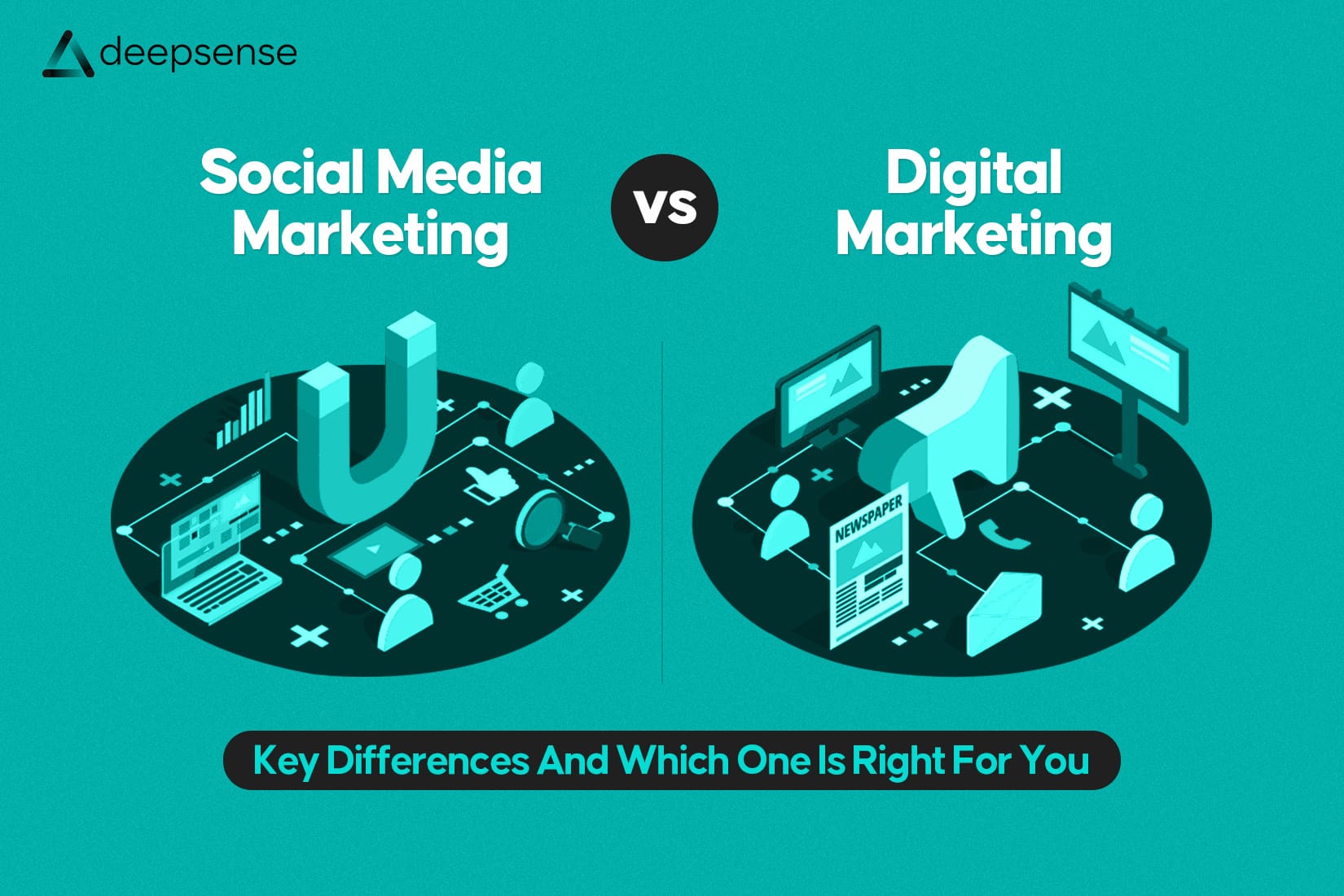In the ever-changing social media world, just when you think you’ve figured it all out, boom, a new platform shows up and shifts the game. That’s exactly what’s happening with Bluesky, a platform that’s slowly but steadily capturing attention as a decentralized alternative to traditional social media giants like Twitter (now X), Instagram, and Facebook.
But here’s the real question for marketers: Is Bluesky just another fleeting app, or does it have the power to transform how brands connect with audiences? Let’s unpack it together.
What is Bluesky?
Bluesky is a decentralized social networking app that grew out of a project initiated by Jack Dorsey, co-founder of Twitter. Unlike centralized platforms (where one company controls everything; your content, your data, your reach), Bluesky runs on something called the AT Protocol (Authenticated Transfer Protocol).
That’s just a fancy way of saying:
- You (the user) get more control over your data.
- Developers can build different apps that still talk to each other.
- It creates a more open and transparent ecosystem, rather than a “walled garden” controlled by one tech giant.
In simpler terms, think of Bluesky as the “open-source version of Twitter”, but with flexibility, privacy, and user empowerment baked in.
Why Should Marketers Care About Bluesky?
If you’re wondering whether this is just hype, consider this:
- As of early 2025, Bluesky has crossed 5 million registered users and continues to grow steadily.
- Gen Z, known for their distrust of big corporations and desire for authenticity, is gravitating toward decentralized platforms.
- Decentralized apps are being hailed as the next big shift in social media, much like how TikTok disrupted the scene a few years ago.
For marketers, that spells opportunity, especially for brands that want to get ahead of the curve before Bluesky becomes mainstream.
Top Ways Marketers Can Use Bluesky
Here’s where it gets interesting. While Bluesky is still young, its unique features and community-driven approach open up fresh possibilities for marketers.
1. Early Adopter Advantage
Remember how the brands that jumped onto TikTok early reaped massive rewards? That’s the same opportunity here. Establishing your presence on Bluesky now can make your brand a trendsetter before the platform gets crowded.
2. Authentic Community Building
Bluesky’s decentralized nature means less algorithm-driven manipulation and more genuine interactions. This is gold for brands that want to:
- Create real conversations with their audience.
- Build trust by engaging without the noise of ads and algorithms.
- Position themselves as transparent and approachable.
3. Experiment with Content Styles
Since Bluesky is still evolving, users aren’t locked into “content expectations” like they are on Instagram (aesthetic grids) or TikTok (short videos). That gives brands freedom to:
- Share raw, unpolished updates.
- Use storytelling to show the human side of the business.
- Test interactive formats that may later set trends on the platform.
4. Leverage Decentralized Trust
Consumers are becoming skeptical about platforms that profit from their data. Bluesky gives your brand a chance to say:
- “We’re here for transparency.”
- “We care about privacy and control.”
This can boost brand loyalty, especially among younger audiences who value ethical digital practices.
5. Collaborations & Niche Communities
Bluesky allows developers and communities to create their own moderation rules and sub-communities. For marketers, this could mean:
- Partnering with micro-influencers in niche groups.
- Creating brand-specific hubs for loyal customers.
- Launching exclusive content spaces that feel private yet open.
Practical Tips for Marketers Getting Started
- Listen First, Talk Later: Before posting ads or promotions, observe how people use Bluesky. Understand the culture.
- Engage Authentically: Reply to comments, ask questions, and spark discussions, don’t just broadcast messages.
- Experiment Freely: Since the platform is still young, test out different tones, styles, and campaigns to see what sticks.
- Show Transparency: Highlight your brand’s values, mission, and behind-the-scenes work. People here crave authenticity over polish.
- Collaborate with Creators: Early adopters on Bluesky are influencers in their own right. Partner with them to grow visibility organically.
The Future of Bluesky for Marketers
No one can say for sure whether Bluesky will dethrone Twitter (X) or stay a niche community platform. But what’s certain is this: the decentralization trend is not going away.
Just like blockchain reshaped finance, decentralized apps are reshaping how we think about social media. If you’re a marketer who thrives on staying ahead of trends, experimenting with Bluesky could give you a serious edge in the coming years.
Final Thoughts
Bluesky might still be in its early days, but it represents something bigger, a shift toward user empowerment, privacy, and authenticity in the digital space. For marketers, this is both a challenge and an opportunity: how do you market in a space that doesn’t want “traditional marketing”?
The answer is simple: by being real, transparent, and community-focused.
So, if you’ve been looking for the next big playground to engage with a younger, more discerning audience, Bluesky might just be it.
FAQs
1. What is Bluesky?
Bluesky is a decentralized social networking platform founded by Jack Dorsey (Twitter’s co-founder). Unlike traditional social media, it’s built on the AT Protocol, which gives users more control over their data, identity, and feed algorithms.
2. How is Bluesky different from Twitter (now X)?
While Twitter is centralized and controlled by one company, Bluesky is open-source and decentralized. This means users and developers can build their own algorithms, moderation tools, and communities. For marketers, it offers more transparency and freedom to experiment.
3. Why should marketers care about Bluesky?
Bluesky attracts early adopters, Gen Z, and privacy-conscious users, a valuable audience for brands that want to be seen as innovative and community-driven. Engaging here helps brands build credibility in emerging digital spaces.
4. What kind of brands should consider Bluesky marketing?
- Tech brands (to connect with early adopters)
- Lifestyle & youth-oriented brands (to engage Gen Z)
- Niche communities (eco-conscious, indie creators, artists, activists)
- Media outlets & thought leaders (for authentic conversations)
5. How can marketers use Bluesky for brand visibility?
- Participate in conversations instead of pushing ads
- Create niche community discussions
- Share thought leadership content
- Engage with creators/influencers on Bluesky
- Test storytelling formats since the platform is less cluttered than mainstream networks
6. Can businesses run ads on Bluesky?
Currently, Bluesky does not support paid ads like Facebook or Instagram. Marketers have to rely on organic engagement, partnerships, and community-building. This can be an advantage since users are more likely to trust authentic interactions.
7. What strategies work best for Bluesky marketing?
- Community-first approach (help, don’t just sell)
- User-generated content (encourage fans to create around your brand)
- Exclusive updates or drops (make users feel like insiders)
- Open conversations (reply, interact, not just broadcast)
8. How can brands measure success on Bluesky?
Since analytics are still limited, brands can track:
- Engagement (likes, reposts, replies)
- Community growth (followers & discussions)
- Brand mentions across decentralized threads
- Referral traffic to websites/landing pages
9. What are the risks for marketers on Bluesky?
- No ad platform yet → harder to scale campaigns
- Smaller audience base compared to Instagram/X
- High transparency → inauthentic marketing can backfire
- Still evolving → features and rules may change frequently
10. What’s the future of Bluesky for marketers?
Bluesky is positioning itself as a next-gen social platform where users own their data and control their feeds. If adoption grows, it could become a major alternative to X/Twitter. Brands that enter early and authentically will likely gain first-mover advantage in building loyal communities.











